The following factsheet outlines the U.S.-Iran tensions over timelines and terms of a final nuclear agreement.
1) How long will a deal last?
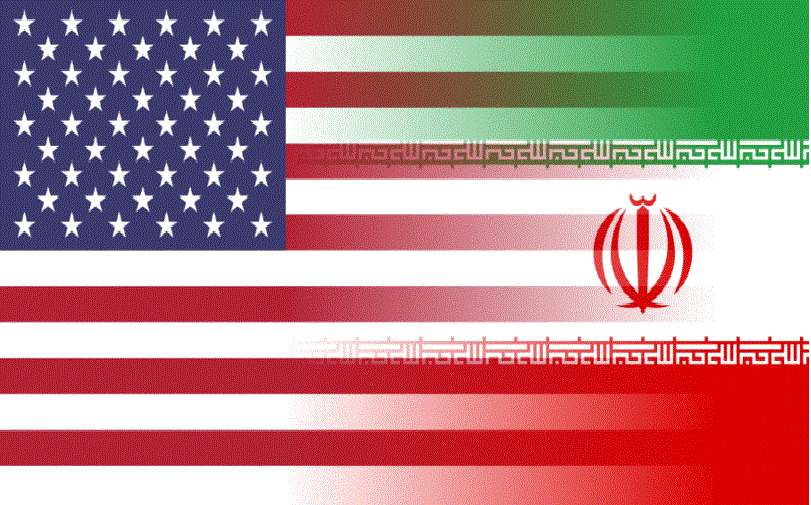 The United States, along with the other five major powers, is looking for a deal measured in years, even decades, that will limit or curtail Iran’s current program and ensure its “break-out” time is a year or more. A long-term deal would also provide space for confidence-building and improving relations that might alter Tehran’s strategic calculus about the need for a bomb.
The United States, along with the other five major powers, is looking for a deal measured in years, even decades, that will limit or curtail Iran’s current program and ensure its “break-out” time is a year or more. A long-term deal would also provide space for confidence-building and improving relations that might alter Tehran’s strategic calculus about the need for a bomb. Iran wants a short-term deal that a) does not appear to compromise or intrude on its sovereignty, b) lifts sanctions related to nuclear issues as soon as possible and c) does not severely limit its capacity to enrich uranium, which it says would jeopardize its ability to provide “practical needs” for civil nuclear energy.
2) What are the possible phases of a deal—and over what kind of time periods?
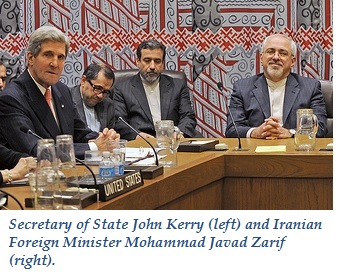 The U.S. is considering a deal that plays out in several action-for-action stages, modeled on the six-month Joint Plan of Action. The interim deal is sequentially releasing funds (eventually totaling up to $7 billion) as Iran limits its capabilities, including “down-blending” and converting its medium-enriched uranium stockpiles. All of these actions, however, have been reversible. The U.S. wants any new deal to include actions that are either irreversible or harder to reverse—and that last many years. It will likely seek to remove sanctions slowly in order to maintain leverage in later phases of the deal.
The U.S. is considering a deal that plays out in several action-for-action stages, modeled on the six-month Joint Plan of Action. The interim deal is sequentially releasing funds (eventually totaling up to $7 billion) as Iran limits its capabilities, including “down-blending” and converting its medium-enriched uranium stockpiles. All of these actions, however, have been reversible. The U.S. wants any new deal to include actions that are either irreversible or harder to reverse—and that last many years. It will likely seek to remove sanctions slowly in order to maintain leverage in later phases of the deal. Iran is likely to agree to a phased deal, but it is seeking the removal of sanctions at an early stage and the lifting of any limits on uranium enrichment much sooner than the six major powers want.
3) What are the goals in changing the breakout time for Iran to develop enough fissile material for nuclear weapons?
The U.S. estimates the “breakout” time—or the time to enrich enough uranium to fuel a bomb—is about two months. Actually building and fielding a bomb requires additional steps and time. But once Iran has enough fissile material, it could “weaponize” at smaller sites less detectable or vulnerable to airstrikes. So the U.S. wants new technical limits and safeguards to lengthen breakout time to a year or more.
Iran has so far rejected proposals for lengthening breakout time. Tehran argues that its acceptance of more extensive international inspections and monitoring should provide sufficient confidence that its program is peaceful.
4) How long might new international monitoring last?
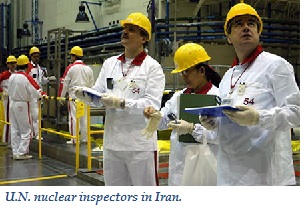 The U.S. is pushing for more international inspections monitoring under terms of the Additional Protocol, which allows expanded access to information and inspections of undeclared sites. If ratified by Iran, the Additional Protocol would be unlimited in duration. The U.S. is thought to be seeking additional monitoring beyond the Additional Protocol that would last many years.
The U.S. is pushing for more international inspections monitoring under terms of the Additional Protocol, which allows expanded access to information and inspections of undeclared sites. If ratified by Iran, the Additional Protocol would be unlimited in duration. The U.S. is thought to be seeking additional monitoring beyond the Additional Protocol that would last many years. Iran will likely agree to implement the Additional Protocol but will resist further intrusive measures that go beyond the practices applied to other signatories of the Non-Proliferation Treaty.
5) How long might it take the International Atomic Energy Agency to finish investigating Iran’s possible military dimensions (PMD), a diplomatic process separate from the Vienna talks? And how might that process impact the broader deal between Iran and the world’s six major powers?
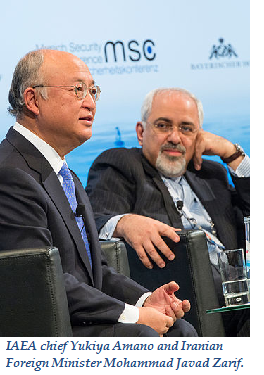 The U.S. and the IAEA want guarantees that Iran will finally answer long-standing questions about its activities with possible military dimensions (PMD) in the past. Iran’s failure to provide answers about its activities before 2003 has triggered a series of ever-tightening sanctions since 2006. The U.S. is likely to push for a provision in the comprehensive agreement that mandates Iranian cooperation to complete the PMD investigation by 2015.
The U.S. and the IAEA want guarantees that Iran will finally answer long-standing questions about its activities with possible military dimensions (PMD) in the past. Iran’s failure to provide answers about its activities before 2003 has triggered a series of ever-tightening sanctions since 2006. The U.S. is likely to push for a provision in the comprehensive agreement that mandates Iranian cooperation to complete the PMD investigation by 2015. Iran has begun to provide some answers to the IAEA. But the investigation is now expected to extend beyond the July 20 deadline of the Vienna talks.
6) What is the timeline between detection of possible violations and response?
The U.S. believes the current IAEA inspections regime would likely detect any Iranian attempt to produce highly enriched uranium at its declared sites within days. The issue is instead how fast U.S. intelligence could determine if Iran did work at new secret facilities. The U.S. wants more extensive inspections of undeclared sites to detect and deter a possible “sneak-out” scenario.
Technically, the U.S. could act militarily within days if deemed necessary. But depending on the violation, the U.S. also might want more time to take diplomatic actions at the U.N. or other diplomatic arenas to impose costs for any violations, which could slow a response.
Iran claims it has no secret sites and no intention of building a bomb.
7) What are the possible timelines for sanctions relief under the deal?
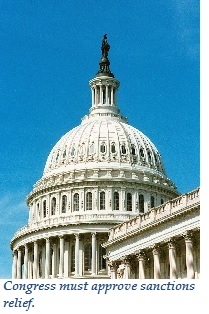 The U.S. president can use his authority to reduce some sanctions imposed by executive order and/or he can invoke legislative waivers on current sanctions legislation. These could be done fairly swiftly, in days or weeks. But Congress has to vote to remove sanctions that it imposed by law, which could be a lengthy, complicated and highly political process requiring many months. Sanctions relief could be sequenced to allow the president to issue initial waivers and other measures, leaving congressional legislation for a later stage.
The U.S. president can use his authority to reduce some sanctions imposed by executive order and/or he can invoke legislative waivers on current sanctions legislation. These could be done fairly swiftly, in days or weeks. But Congress has to vote to remove sanctions that it imposed by law, which could be a lengthy, complicated and highly political process requiring many months. Sanctions relief could be sequenced to allow the president to issue initial waivers and other measures, leaving congressional legislation for a later stage. Iran has made clear it wants international and U.S.-imposed sanctions removed as soon as possible. President Hassan Rouhani needs to demonstrate that his policy of engagement can deliver sanctions relief, renewed foreign investment, and help improve Iran’s economy.
Photo credits: Amano and Zarif by Mueller / MSC [CC-BY-3.0-de (http://creativecommons.org/licenses/by/3.0/de/deed.en)], via Wikimedia Commons
